MARKET OVERVIEW
The global electronic toll collection market is the most significant part of the transportation and intelligent traffic management industry, where automation has been increasingly contributing to toll systems across the world. The market revolves around those technologies and infrastructure that enable electronically collected toll payments from vehicles without the requirement of traditional cash-toll booths. With widening city centers and more advanced highway infrastructure, electronic tolling systems will be crucial in managing automotive flow, reducing delays, and saving fuel for commuters and truckers. At its core, the global electronic toll collection market is all about systems that will enable toll-free smooth transactions through vehicle identification systems.
These systems will be deployed via technologies such as transponders, automatic number plate recognition, and satellite-based platforms that will send car data to central networks. Private infrastructure developers and governments will more and more resort to these systems in an effort to enforce toll compliance while minimizing congestion. The entire system will be driven by a harmonized integration of software, sensors, cameras, and dedicated short-range communication protocols to make cars pass through toll points without stopping. The novelty in this market compared to traditional toll systems is its ability to support mass-level road pricing schemes, not only at the national highway but also along urban expressways and border crossings.
When countries are going to upgrade transport infrastructure, electronic tolling will not be limited to level tolling. It will allow dynamic pricing schemes that will depend on traffic levels, vehicle category, and even emission levels. Transactional data will pour into higher traffic analyses and city planning applications. But understanding the parameters of the global electronic toll collection market also means understanding what lies outside.
Such a market does not encompass manual tolling equipment or autonomous vehicle movement-independent services such as parking automation or enforcement of traffic violations. Nor does it encompass manufacturing of road materials, civil construction in building tunnels or bridges, or vehicle tracking systems independent of toll payment. While technologies do sometimes overlap, the focus is always tightly focused on those systems which are specifically designed for the collection of tolls automatically while in motion. As more cross-border journeys are required, especially within Europe and Southeast Asia, interoperability of toll systems will be a primary concern. Participants in the global electronic toll collection market will need to invest in an integrated platform that will allow smooth functioning across jurisdictions. Policy and technological directions in the future will be driven by concerns around data privacy, protection from fraud, and conforming with local transport laws.
The global electronic toll collection market will not remain stagnant. It will advance through ongoing innovations in artificial intelligence, machine learning, and edge computing that will enhance system reliability and accuracy. These technologies will not only enhance the collection of tolls but will, in turn, be input into broader transport policies that will be informed by accurate, real-time data. As traffic systems in the world become more advanced, electronic toll collection will be more than a convenience–it will be a strategic necessity of future smart mobility.
Global electronic toll collection market is estimated to reach $17,909.39 Million by 2032; growing at a CAGR of 8.3% from 2025 to 2032.
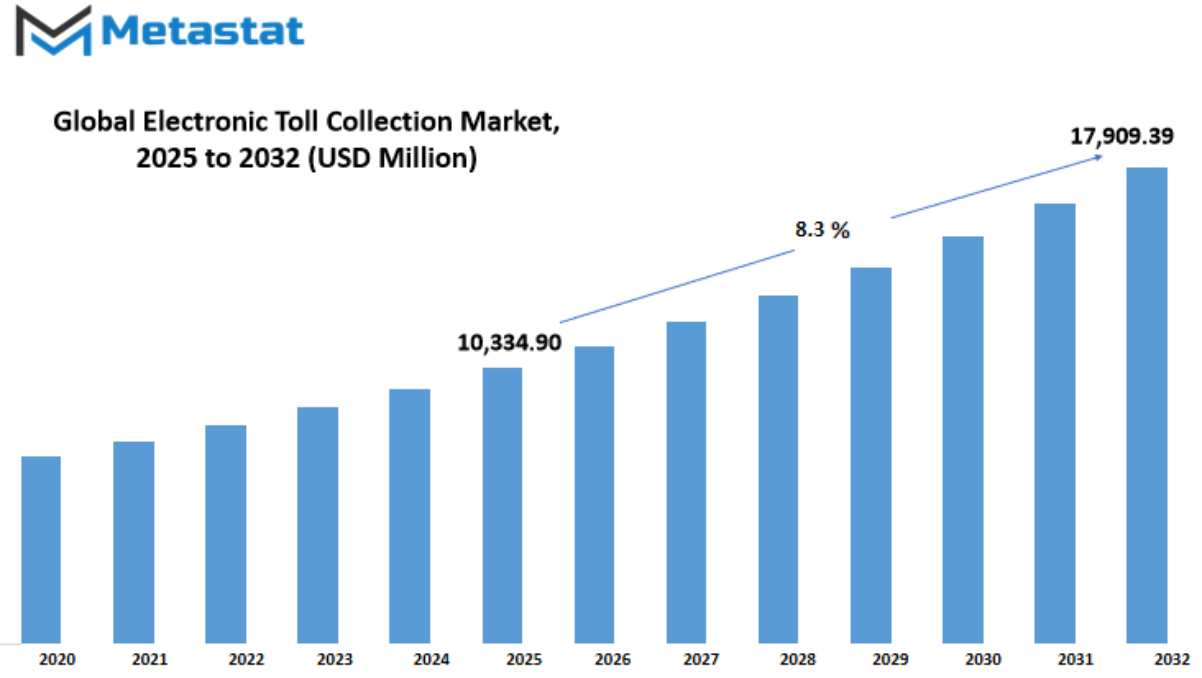
GROWTH FACTORS
The global electronic toll collection market is showing steady progress as more regions look for faster and smoother ways to manage traffic flow. As cities expand and more vehicles hit the road, traffic congestion becomes harder to handle, especially at toll booths. Long waits and delays not only waste time but also increase fuel use and air pollution. This has made it clear that better toll systems are needed. One solution that has gained attention is electronic toll collection, which allows vehicles to move through toll points without stopping. This simple change helps keep traffic moving and reduces the strain on drivers and transportation systems alike.
Governments across the world are starting to take stronger steps to promote toll systems that do not require cash or physical contact. These systems are part of a larger effort to shift towards digital payments and reduce physical contact, especially after the global health challenges in recent years. The move to electronic tolling fits well with these goals, offering a smoother and more modern experience for road users. More importantly, it helps governments keep better records, track traffic patterns, and plan road maintenance more efficiently.
Still, there are some issues that slow down progress. The cost of setting up these systems is high. Building the needed infrastructure and installing new technology on roads and in vehicles can require large investments. Smaller regions or countries with limited budgets may struggle to afford these upgrades. On top of that, there are concerns about how data is collected and used. Many people worry that tracking vehicles could lead to misuse of their personal information or unwanted surveillance. These concerns must be addressed clearly to build trust among users.
Looking ahead, the picture becomes more promising. The integration of toll systems with broader smart transport and urban mobility plans could change how cities manage roads. When toll collection is linked with tools like traffic sensors, smart lights, and connected vehicles, the entire system works better. This kind of coordination can lead to less traffic, lower emissions, and safer roads. In the near future, drivers might not even notice when they pass through toll points, as everything will be handled quietly in the background.
As more countries aim to modernize their road systems, the global electronic toll collection market will likely play a major role. While there are hurdles, the benefits are strong enough to drive continued growth and innovation in this area.
MARKET SEGMENTATION
By Technology
The global electronic toll collection market is moving towards a future where toll payment systems are becoming smarter, faster, and more efficient. This shift is being driven by the growing need to reduce traffic congestion, improve road safety, and save time for drivers. As cities expand and vehicles increase, the traditional method of toll collection is no longer practical. People are looking for easier ways to pay without stopping at toll booths, and governments are investing in better systems to make this possible.
One of the key technologies shaping this future is RFID-based toll collection. It uses radio frequency signals to identify vehicles and collect tolls without any physical contact. This makes the process quicker and reduces long lines. Another option becoming popular is smartphone-enabled tolling and Bluetooth systems, which work by using a driver’s mobile device to handle transactions. This is a convenient solution for many, especially since most people carry smartphones everywhere.
DSRC, or Dedicated Short-Range Communication, is another important technology that will play a major role. It allows for fast communication between vehicles and road infrastructure. This is not just helpful for toll collection, but it can also support other traffic-related functions, such as giving alerts or improving flow. Infrared systems, though older, still have a place in certain settings and are being improved to match modern standards.
Another exciting direction is the use of GNSS or GPS-based systems. These use satellite positioning to calculate tolls based on the distance a vehicle travels. This can be more accurate and fair, especially for longer trips or roads without toll booths. It also reduces the need for physical infrastructure on the ground. Video analytics and ANPR are also changing the way tolls are collected. Cameras can now read license plates and charge vehicles automatically. This helps cut down on manual work and speeds up the entire process.
As all of these technologies continue to improve, the global electronic toll collection market will likely become even more automated and efficient. Tolling may soon require little to no action from the driver. The goal is to create a smoother experience for travelers while making the roads safer and less crowded. Over time, these systems will become common in more countries, helping transportation systems handle growth more easily and supporting a better future for road travel.
By Tolling Type
The global electronic toll collection market is changing the way vehicles are charged on roads, making travel smoother and less time-consuming. As traffic increases across highways and urban routes, the need for better toll systems becomes even more important. Traditional toll booths, which often cause long waits and traffic jams, are being replaced by systems that allow vehicles to move without stopping. This shift not only saves time but also reduces fuel use and emissions.
Looking ahead, the global electronic toll collection market will grow steadily as more countries invest in smarter transportation infrastructure. One of the main reasons for this growth is the demand for tolling systems that do not require physical cash or cards. These systems can automatically charge drivers based on their vehicle's identification as they pass through a tolling point. Technologies like All-Electronic Tolling (AET) will likely become the standard in many regions. AET allows vehicles to be charged without any human interaction, using sensors and cameras to identify license plates or electronic tags.
Open Road Tolling (ORT) will also gain more popularity. ORT allows vehicles to travel at regular speeds while tolls are collected electronically. This will be useful in reducing traffic bottlenecks, especially during peak hours. Another method that will see more use is Multi-lane Free Flow, where tolls are collected across several open lanes rather than at fixed booths. This system allows vehicles to maintain high speeds, helping to keep traffic moving smoothly.
Electronic Toll Lanes, which are often used alongside traditional toll booths, will remain important in areas that are still transitioning to fully automated systems. These lanes are a step forward for regions that are not yet ready to adopt full electronic tolling but still want to reduce delays. In the future, these lanes may be upgraded to fully electronic systems as the technology becomes more affordable and easier to install.
As vehicles become more connected and as governments push for smarter road networks, the global electronic toll collection market will see greater use of digital platforms and real-time data. These changes will help authorities monitor traffic, manage road usage, and plan better transportation policies. The future will likely see tolling integrated with other services such as vehicle tracking and road condition updates. This shift toward smarter tolling solutions will benefit not just drivers but also city planners and governments looking to improve overall traffic flow and infrastructure management.
By End-User
The global electronic toll collection market is growing steadily and is expected to see significant progress in the coming years. As cities expand and traffic increases, the need for efficient toll systems becomes more important. Electronic toll collection helps reduce congestion, saves time, and cuts down fuel use by removing the need for vehicles to stop at toll booths. This system is especially useful as more countries aim to improve transportation infrastructure and shift to smarter traffic management methods.
Looking ahead, various end-users will continue to shape how the global electronic toll collection market develops. Private infrastructure developers are likely to invest more in advanced toll systems to manage large-scale road networks. Their goal will be to recover investment costs faster while offering smoother travel experiences for drivers. These developers often work closely with governments and will likely help push forward the adoption of electronic tolling in new areas.
Highway and road operators are also expected to play a major role in expanding this market. As traffic grows, operators will look for better ways to manage flow and reduce delays. Electronic toll systems allow them to do this while keeping maintenance and labor costs low. These systems will likely become a standard feature on major highways as more regions modernize their roads.
Logistics and fleet operators will also benefit from the improved efficiency of electronic tolling. With the ability to plan routes better and reduce travel times, these businesses can cut delivery costs and improve service. Over time, more logistics companies will likely push for widespread toll system upgrades, especially across borders or in areas with heavy freight movement.
Urban transit authorities are expected to use electronic tolling to help manage traffic in cities. As urban areas become more crowded, these systems will help guide traffic patterns and encourage the use of public transport. This can lead to cleaner cities and better use of limited road space. Toll systems may also be linked with other smart city tools, helping officials make better decisions about traffic planning.
Lastly, the government and public sector will remain key players. Their support through funding, policy, and planning will shape how quickly and widely these systems are adopted. As technology continues to improve and traffic management becomes more critical, the global electronic toll collection market will keep growing and changing to meet new demands, aiming for smoother, faster, and smarter travel solutions across the world.
|
Forecast Period |
2025-2032 |
|
Market Size in 2025 |
$10,334.90 million |
|
Market Size by 2032 |
$17,909.39 Million |
|
Growth Rate from 2025 to 2032 |
8.3% |
|
Base Year |
2024 |
|
Regions Covered |
North America, Europe, Asia-Pacific Green, South America, Middle East & Africa |
REGIONAL ANALYSIS
The global electronic toll collection market is expected to grow steadily across various regions due to increasing demand for smarter and more efficient transportation systems. As more countries adopt digital solutions to manage traffic flow and reduce congestion, the focus on electronic tolling continues to rise. These systems not only help save time for drivers but also reduce environmental impact by lowering vehicle idling times. With technology evolving rapidly, regions across the globe are preparing for more connected, automated, and intelligent toll systems that work in real time and are easy for users to navigate.
Looking ahead, North America will likely remain a leader in this market due to early adoption and continued investment in infrastructure. The U.S., Canada, and Mexico are already integrating advanced toll collection technologies that allow vehicles to move freely without the need to stop. These countries are also seeing government support for smart transportation initiatives, which will further push the development of such systems. In Europe, countries like Germany, France, Italy, and the UK are also expected to see steady growth. Their focus is on building sustainable and smart cities, and electronic toll collection fits perfectly into those plans. As vehicles become more connected and electric, the need for seamless tolling solutions will only increase.
Asia-Pacific is one of the most promising areas for future expansion. Nations like China, Japan, India, and South Korea are investing heavily in modernizing road infrastructure. With rising urban populations and growing numbers of vehicles on the road, electronic toll systems offer a solution to manage traffic more efficiently. In the future, this region may even surpass others in terms of growth due to its large population base and fast-paced development. South America is showing potential as countries like Brazil and Argentina begin to explore digital toll systems. While still developing in this area, their efforts to modernize transport networks suggest a positive outlook. Lastly, the Middle East & Africa region, especially countries like the UAE, Saudi Arabia, Egypt, and South Africa, is slowly embracing electronic tolling. As economic growth continues, these regions are expected to invest more in intelligent transport systems to improve road safety and traffic management.
With ongoing innovation and increased global attention on smart transport, the global electronic toll collection market is set to see continued progress. The goal for the future will be to create faster, more reliable, and user-friendly tolling methods that can meet the growing needs of cities and drivers around the world.
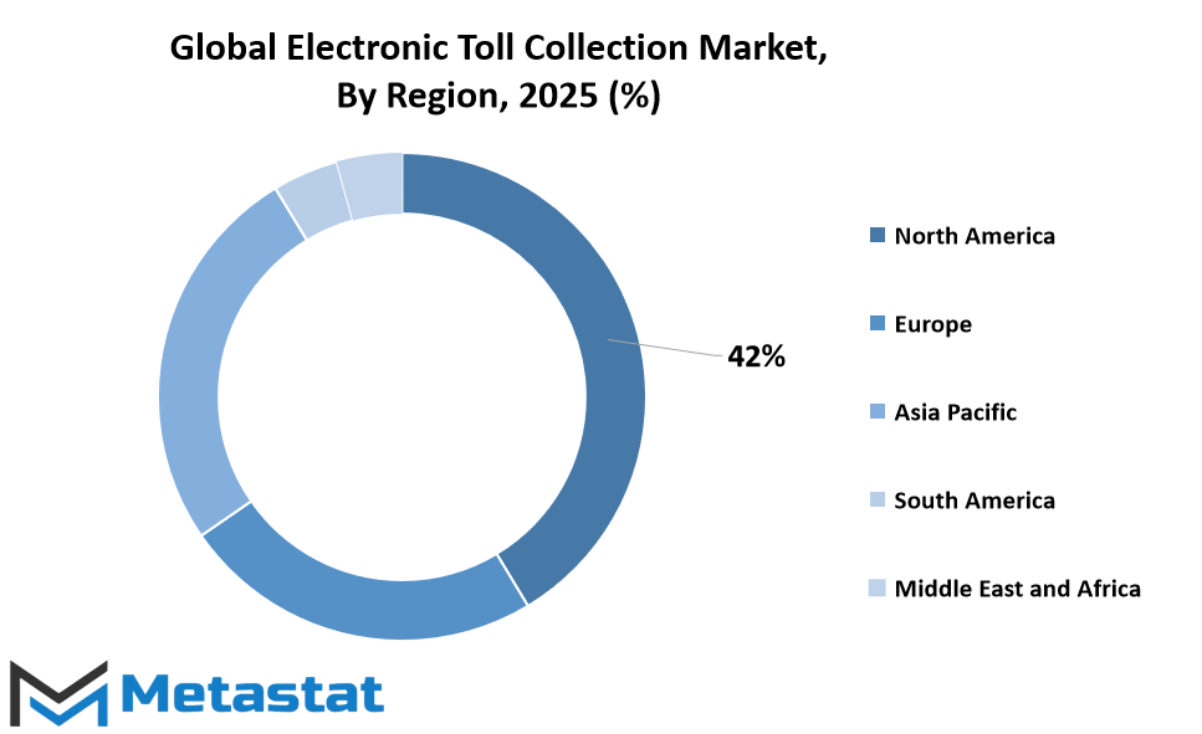
COMPETITIVE PLAYERS
The global electronic toll collection market is growing steadily as transportation systems continue to modernize. As more countries work toward easing traffic flow and reducing vehicle emissions, electronic toll systems are becoming a practical solution. These systems use technologies like radio frequency identification (RFID), dedicated short-range communication (DSRC), and global positioning systems (GPS) to collect tolls without stopping vehicles. The rising demand for faster and more efficient toll collection methods will drive new advancements in this market. Governments are likely to continue investing in these systems to create smoother roads and reduce congestion.
Looking toward the future, the role of competitive players in the global electronic toll collection market will remain crucial. Companies such as Kapsch TrafficCom AG, Thales Group, and Conduent Inc. are already known for delivering strong and reliable tolling solutions. As this market evolves, these businesses will likely focus on increasing accuracy, security, and convenience. The push for smarter transportation will encourage players to develop systems that are more adaptive and easier to integrate with other road services. Artificial intelligence and data analytics will probably become more common in toll systems, helping to predict traffic patterns and adjust charges automatically.
Far Eastern Electronic Toll Collection Co., Ltd., Siemens AG, and 3M (Transportation Safety Division) are also contributing to shaping future tolling systems. Their efforts in research and development will play a big part in offering flexible solutions for different road types and traffic volumes. With many countries planning to expand their highway infrastructure, the need for adaptable and cost-effective toll collection will increase. This growing need gives companies a strong reason to innovate and improve their systems. As the competition gets stronger, businesses will work harder to offer the best mix of performance and price.
Other active players such as Efkon GmbH, A-to-Be (Brisa Group), Q-Free ASA, Indra Sistemas, S.A., Neology, Inc., and Tecsidel S.A. are expected to continue playing a key part in shaping the future of this market. These firms will likely partner with governments and private agencies to introduce advanced tolling solutions in more places. As cities become more connected and transport systems more intelligent, electronic toll collection will not just be a convenience it will be a necessity. The future of the global electronic toll collection market will depend heavily on how these companies respond to the growing demand for smart, safe, and fast toll systems.
Electronic Toll Collection Market Key Segments:
By Technology
- RFID-based Toll Collection Systems
- Bluetooth and Smartphone-enabled Tolling
- DSRC (Dedicated Short-Range Communication)
- Infrared Systems
- GNSS/GPS-based Systems
- Video Analytics / ANPR (Automatic Number Plate Recognition)
By Tolling Type
- All-Electronic Tolling (AET)
- Open Road Tolling (ORT)
- Multi-lane Free Flow
- Electronic Toll Lanes
By End-User
- Private Infrastructure Developers
- Highway and Road Operators
- Logistics & Fleet Operators
- Urban Transit Authorities
- Government & Public Sector
Key Global Electronic Toll Collection Industry Players
- Kapsch TrafficCom AG
- Thales Group
- Conduent Inc.
- Far Eastern Electronic Toll Collection Co., Ltd.
- Siemens AG
- 3M (Transportation Safety Division)
- Efkon GmbH
- A-to-Be (Brisa Group)
- Q-Free ASA
- Indra Sistemas, S.A.
- Neology, Inc.
- Tecsidel S.A.
WHAT REPORT PROVIDES
- Full in-depth analysis of the parent Industry
- Important changes in market and its dynamics
- Segmentation details of the market
- Former, on-going, and projected market analysis in terms of volume and value
- Assessment of niche industry developments
- Market share analysis
- Key strategies of major players
- Emerging segments and regional growth potential




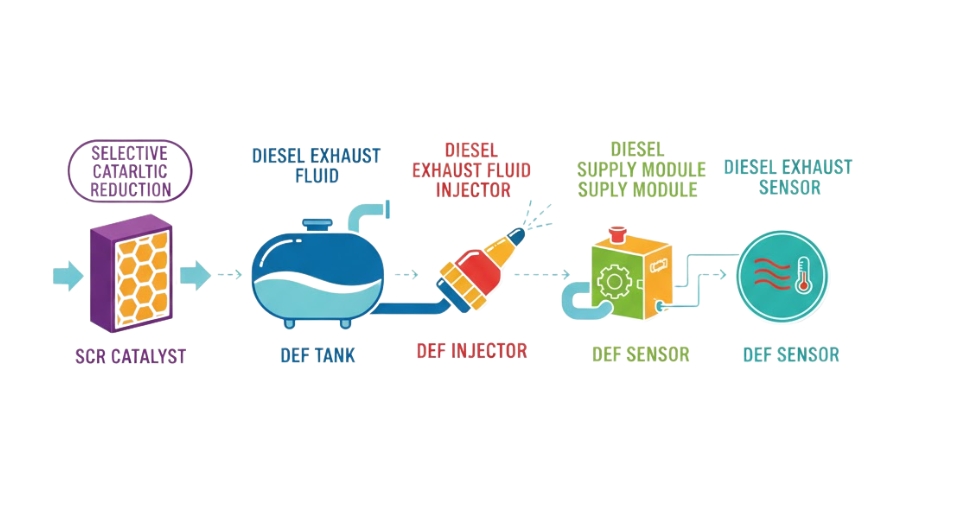
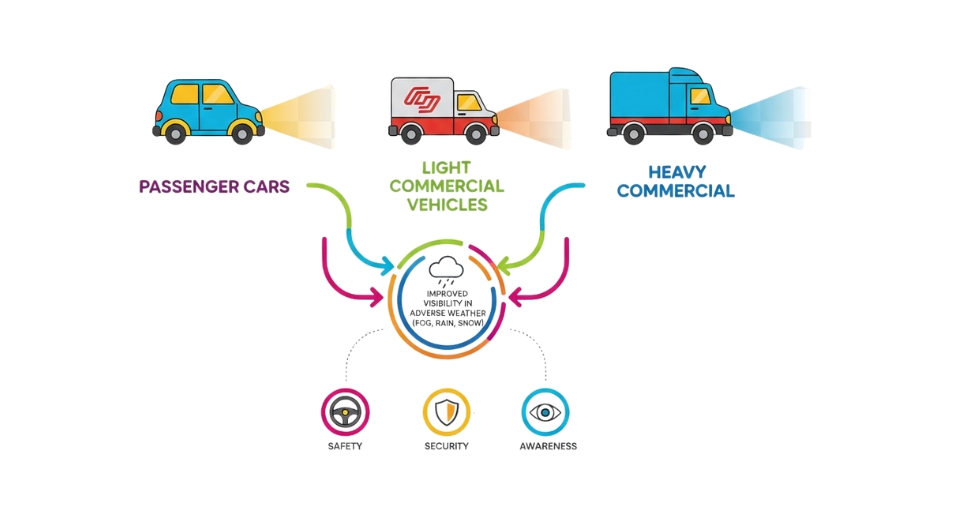
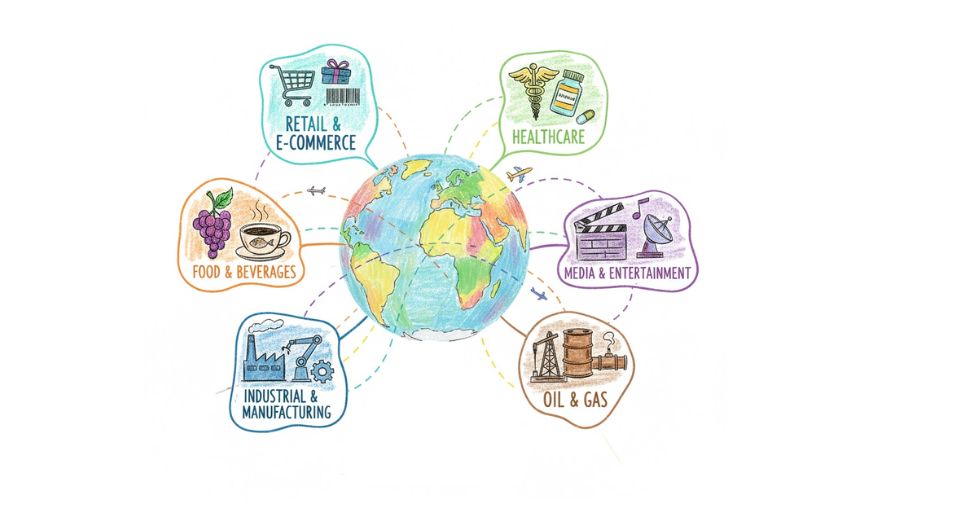

 US: +1 3023308252
US: +1 3023308252






